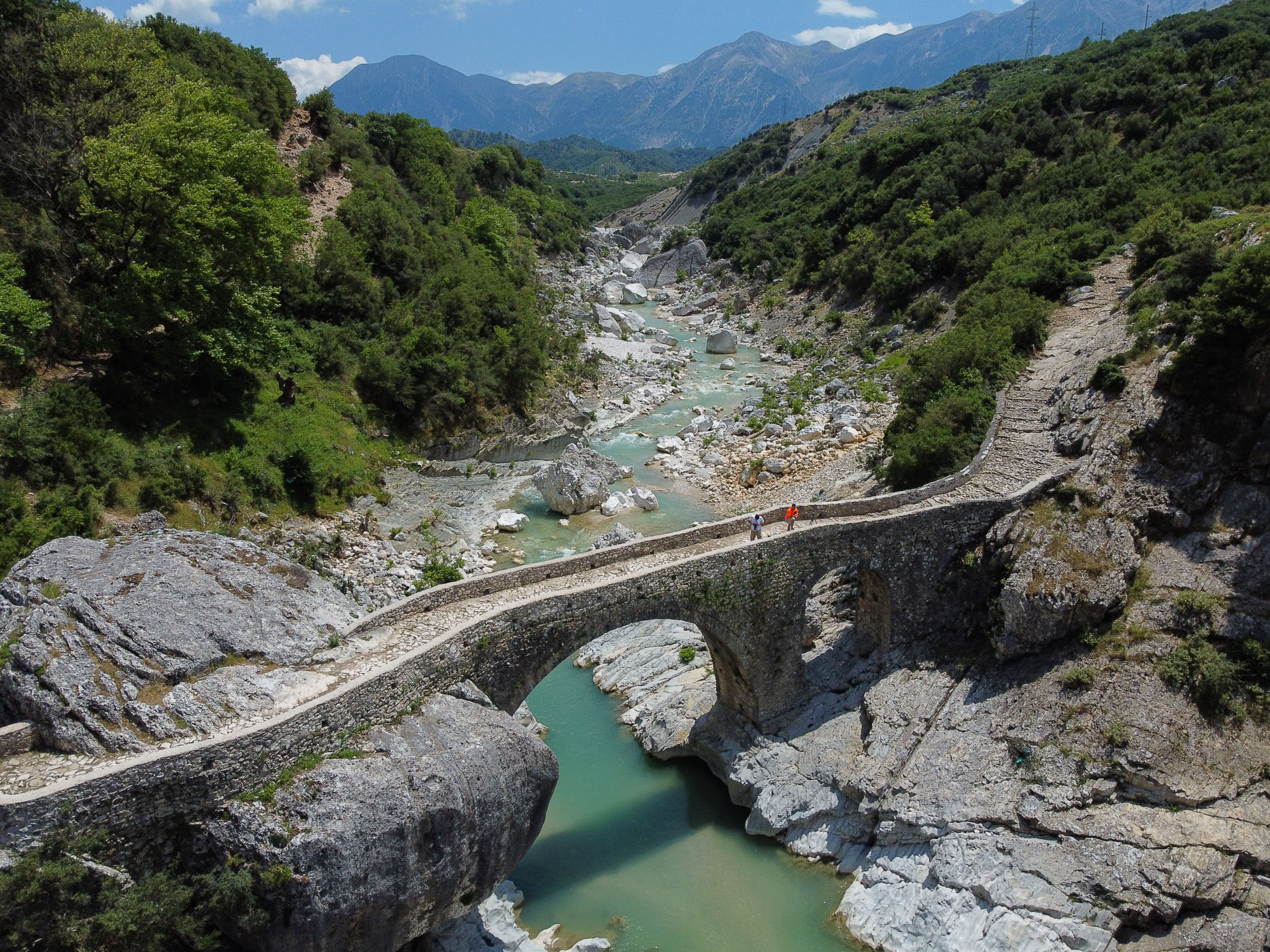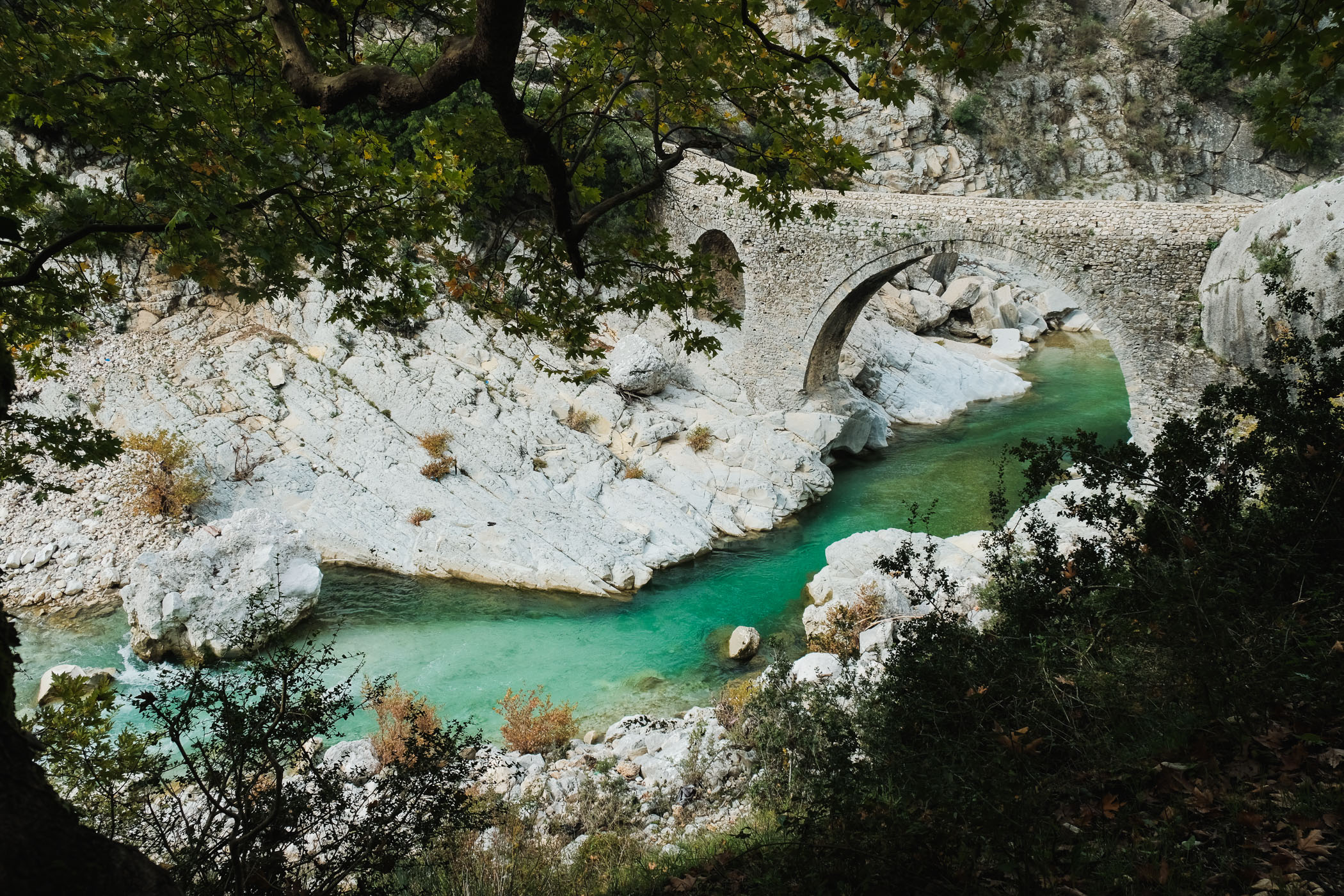
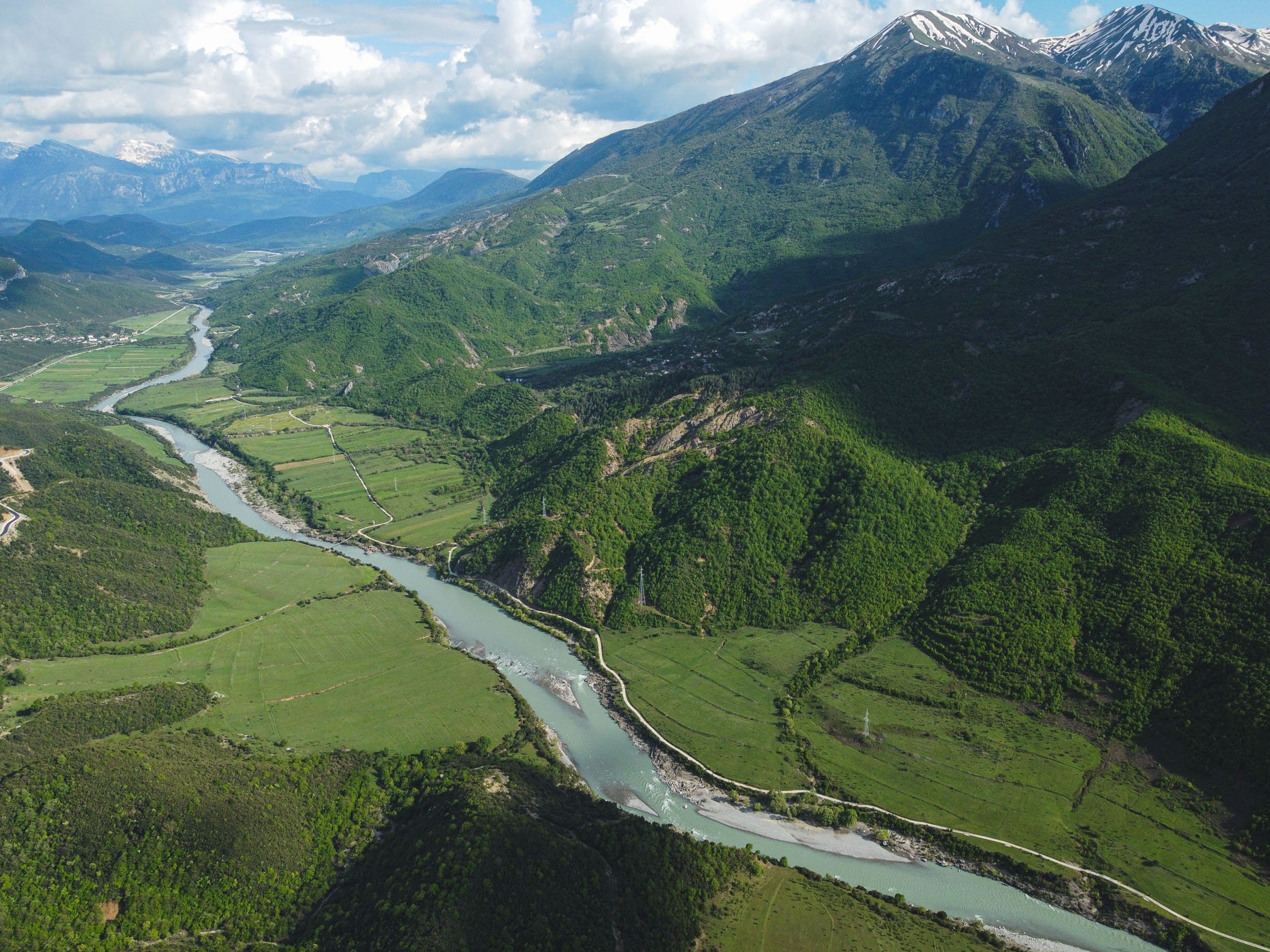
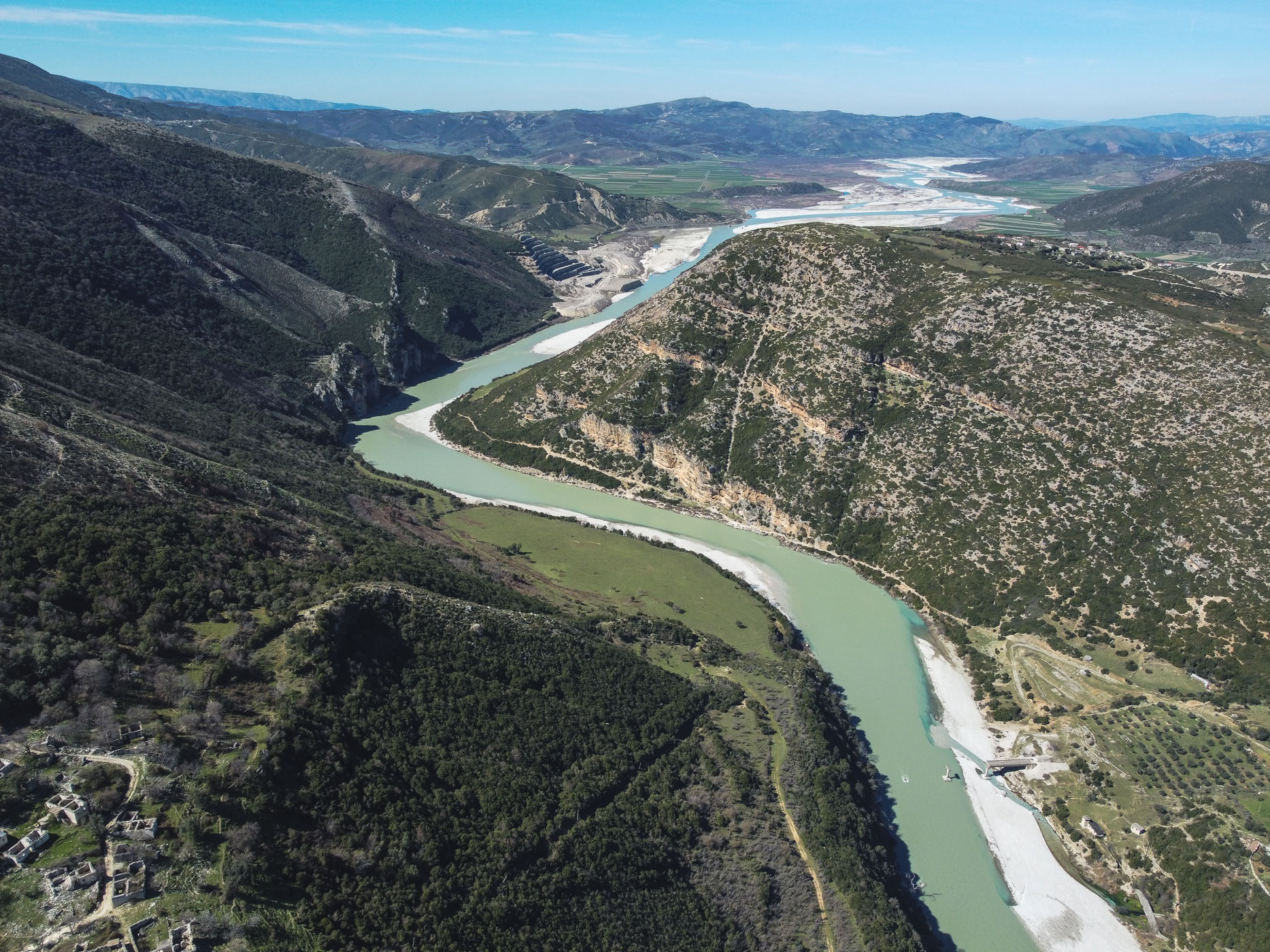
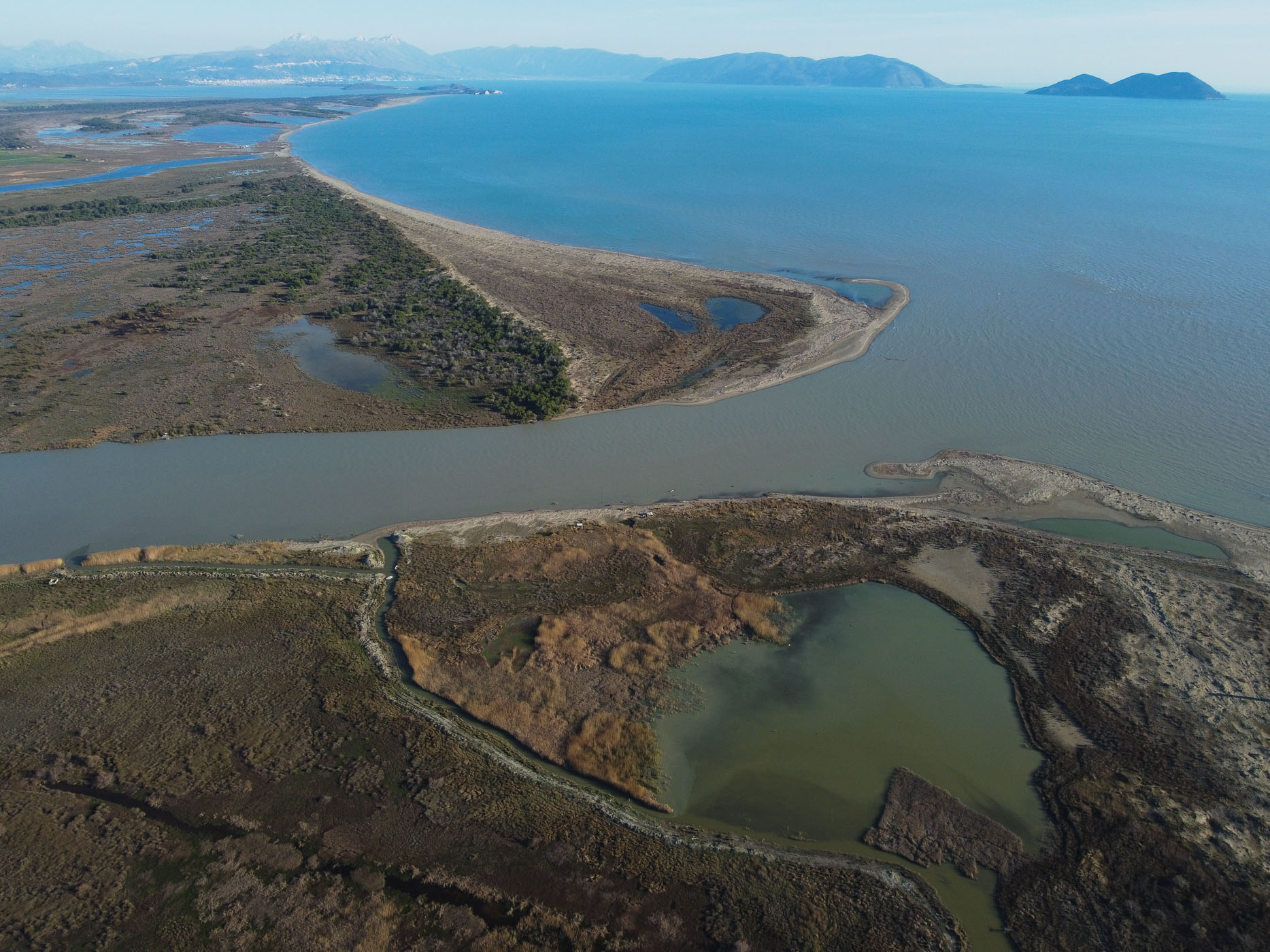

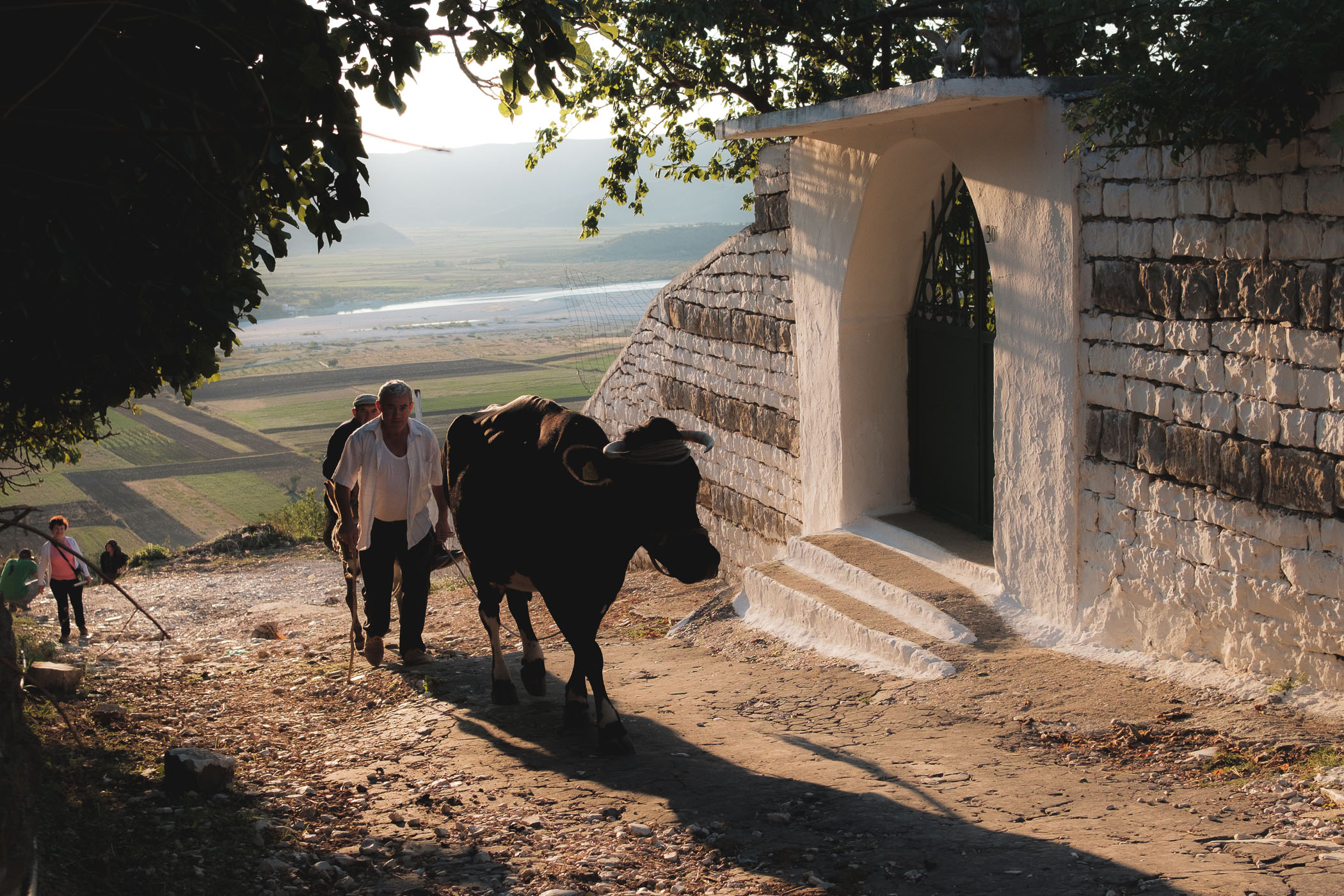
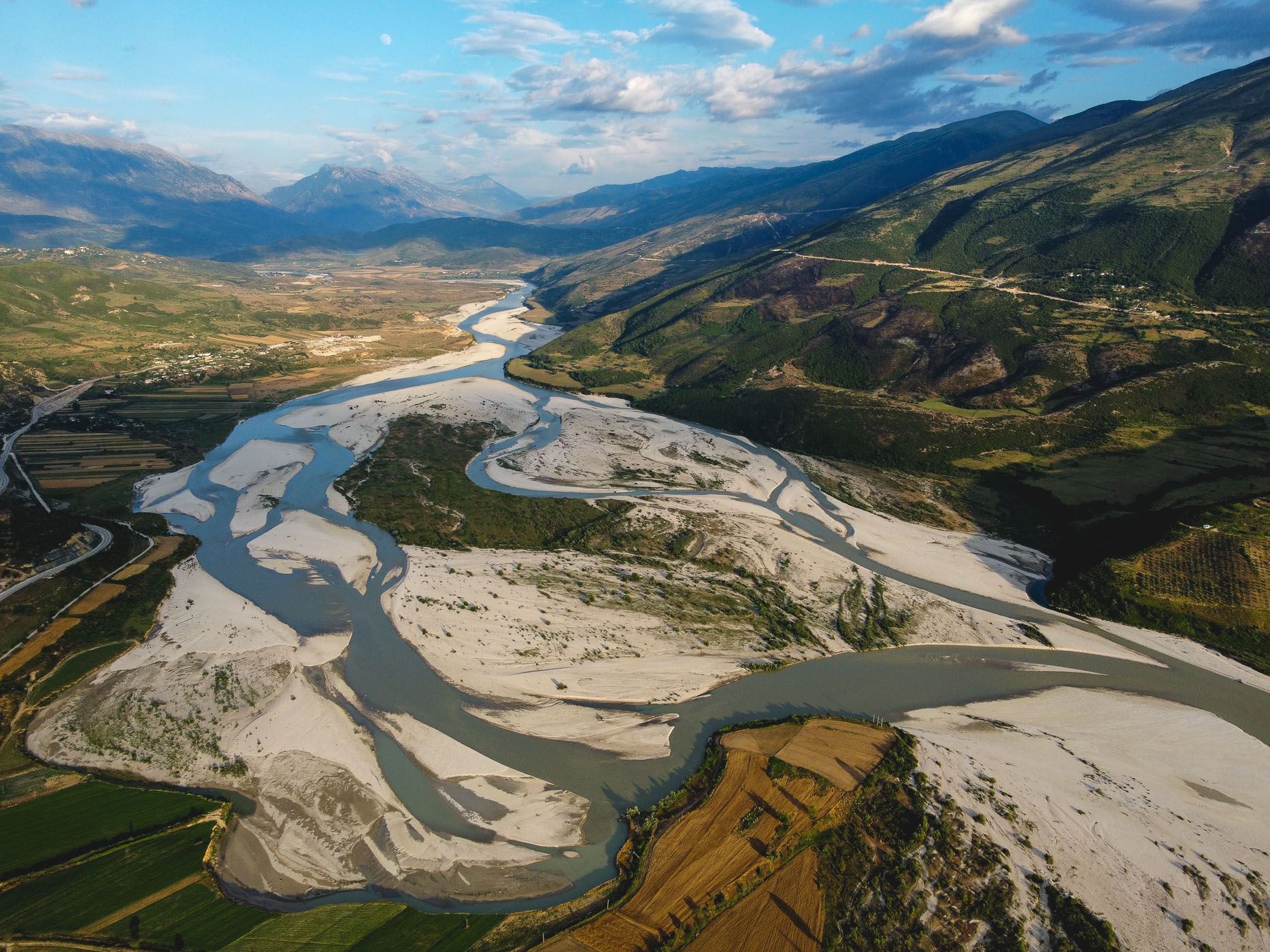
Nick St. Oegger
Heidi: What drew you to the Western Balkans to follow the grassroots movement protecting the land from Hydro development?
Nick: I was first drawn to the Balkans about ten years ago after seeing a travel article with beautiful photos of the Croatian coast. All I knew about the region was related to the breakup of Yugoslavia and the wars that followed throughout the 90s, so I was curious to see what things were like now. I became especially interested in Albania, which at the time was completely off the tourist map, though everyone I asked warned me against going because it was “dangerous” and there was “nothing to see”. After I arrived though, I saw how wrong people were. I was completely captivated by the mountains, rivers, and welcoming people who were so eager to share their culture and history with me. It was unlike anything I had ever experienced.
This feeling only continued as I traveled on through Montenegro, Bosnia & Herzegovina, and Croatia. I couldn’t believe how beautiful nature was, it was so contrary to what I had expected to find based on my visual references from the region. It was only when I returned home and started doing some research that I discovered how much of this nature was under threat from hydropower development, deforestation, industry, and pollution. I also discovered there was a dedicated group of activists, scientists, and ordinary citizens from around Europe, who were coming together under the Save the Blue Heart campaign to try to protect the region’s waterways. I felt this was a really positive and different story that I could tell from the region.
That region has been largely defined by conflict, how are you using photography to change that narrative?
When I started showing people photos from my initial trip to the region, they also couldn’t believe how beautiful it was. Their conception of places like Albania or Bosnia & Herzegovina was very dark, and I quickly realized how much of it was based on chaotic imagery of the conflicts from 20-25 years ago. Even people from the region were surprised and touched when I showed them my photos as if they were seeing the beauty of their countries for the first time through my outside perspective.
I think it’s a shame that certain countries or regions in the world become associated with conflict, and remain that way long after the fighting has stopped. Using photography to highlight more positive aspects like unique cultural practices, or the beauty of places like the Vjosa River, helps to change the visual reference points of a region. I’ve seen the positive impact this can have in places like Albania, which is finally experiencing a huge tourism boom because people are seeing such beautiful imagery of the country on Instagram or TikTok. I think this also helps local people reframe how they think about these places too when they see more and more foreigners coming to enjoy nature in their countries.
What can you tell us about this untamed river that runs from source to sea?
I remember seeing the Vjosa on my first trip to Albania and being simply awestruck by the bright blue colour, and the way the river curved through the landscape in a way that I had never seen. I didn’t know at the time that it was one of the last wild rivers in Europe, but I could tell right away that there was something unique about it, something very different from other rivers I had seen in Europe.
How long were you working on the Vjosa project?
It’s been about seven years now since I started following the story of the Vjosa. Initially, I made several trips along the course of the river during 2017, which became a project that I self-published as a photo book, Kuçedra. At the time it seemed inevitable that the river would be dammed, so I wanted to create a photographic record of the landscapes and people along the river before it would all be changed forever. That same year though, activists scored their first victory by blocking the construction of one of the large dam projects on the river, which was a huge positive turn in the story. I continued following events as they developed, joining scientists as they conducted research along the Vjosa, watching as more court rulings were in favor of local activists, and talk of declaring a national park moved closer to reality. I developed really close relationships with the people fighting for the river, and with the river itself, so it became a very personal story for me, one that I wanted to keep following up on.
Can you share a bit about what it meant to cover the moment when Albania’s 118-mile Vjosa river inched closer to being permanently protected?
It was a very emotional and important moment to cover the declaration of the Vjosa Wild River National Park. In this industry, you don’t always have the luxury of following a story for so long and don’t always get to see a positive outcome either. It was amazing to see the hard work that my friends and colleagues had put in for over a decade finally pay off, and also to feel that I had played a part in this fight by publishing and exhibiting my photographs of the Vjosa. It was a moment when you could really grasp the importance of collaboration and resilience amongst so many diverse people, who all played their part in trying to protect this really unique environment.
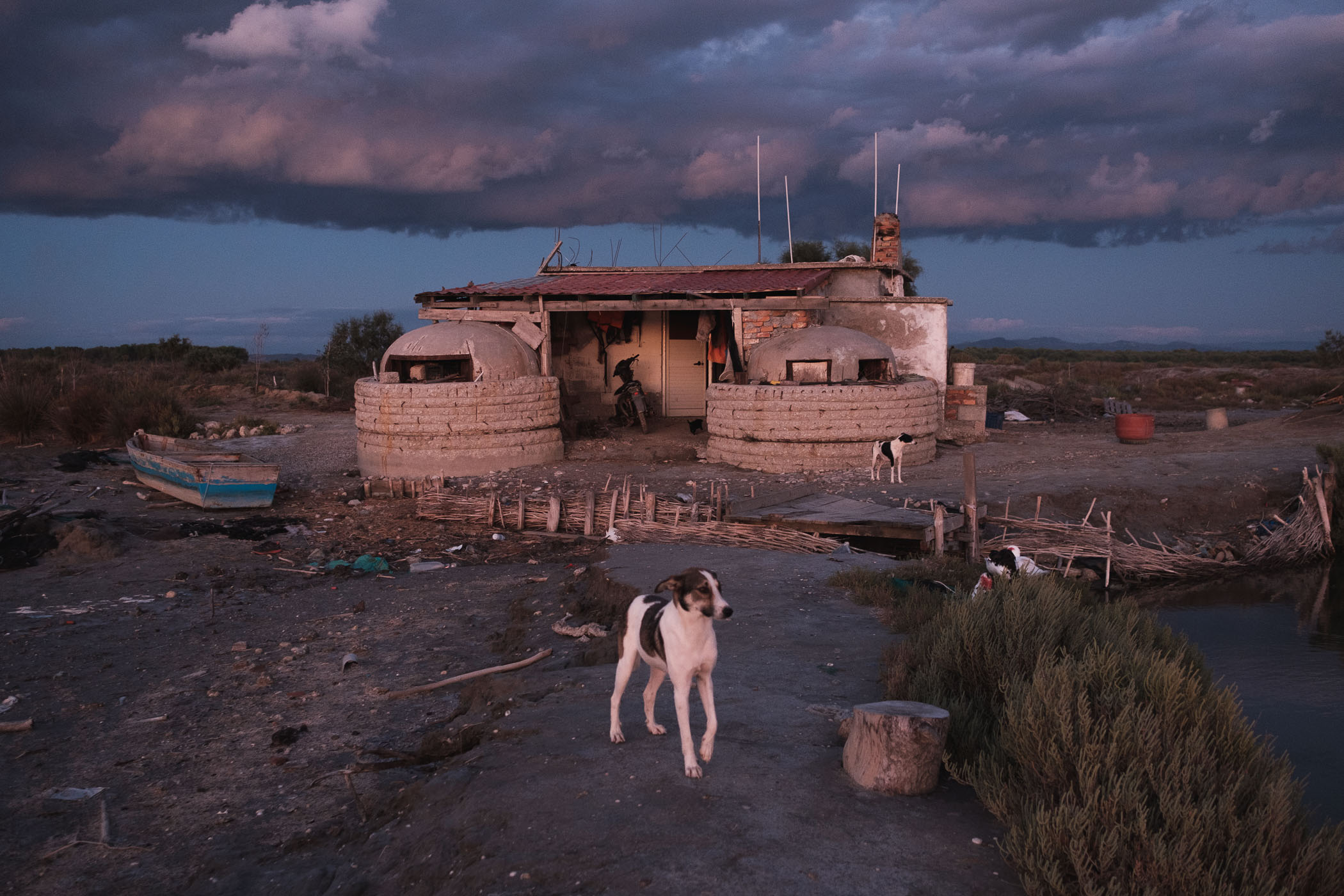

Congratulations on your British Journal Of Photography: Decade of Change Award, what drew you to climate change and social impact work?
Thank you! It was an honor to be recognized by the British Journal of Photography for my work around climate change, because I think it highlights just how important this topic is at the moment, and it has given me another platform to raise awareness about the unique nature in the Western Balkans, and the people fighting to protect it. This topic has always been something close to me, as I grew up spending a lot of time in nature with my grandfather, who was a climber and avid environmentalist. He taught me a lot about nature and instilled this great sense of awe and responsibility in caring for the environment. When I started my career in visual storytelling, I felt naturally drawn towards stories about the environment, and people’s complex relationship to it.
What projects are you working on now?
At the moment I’m working on a National Geographic Society-funded project about river conservation in Bosnia & Herzegovina. I’m specifically looking at how the grassroots movement to protect rivers is uniting communities around Bosnia that were previously in conflict. It’s a great opportunity to build on my previous work with the Vjosa and to share another positive story from the region. I’ll be finishing the project early next year, and am looking forward to sharing and exhibiting the work shortly after that.

